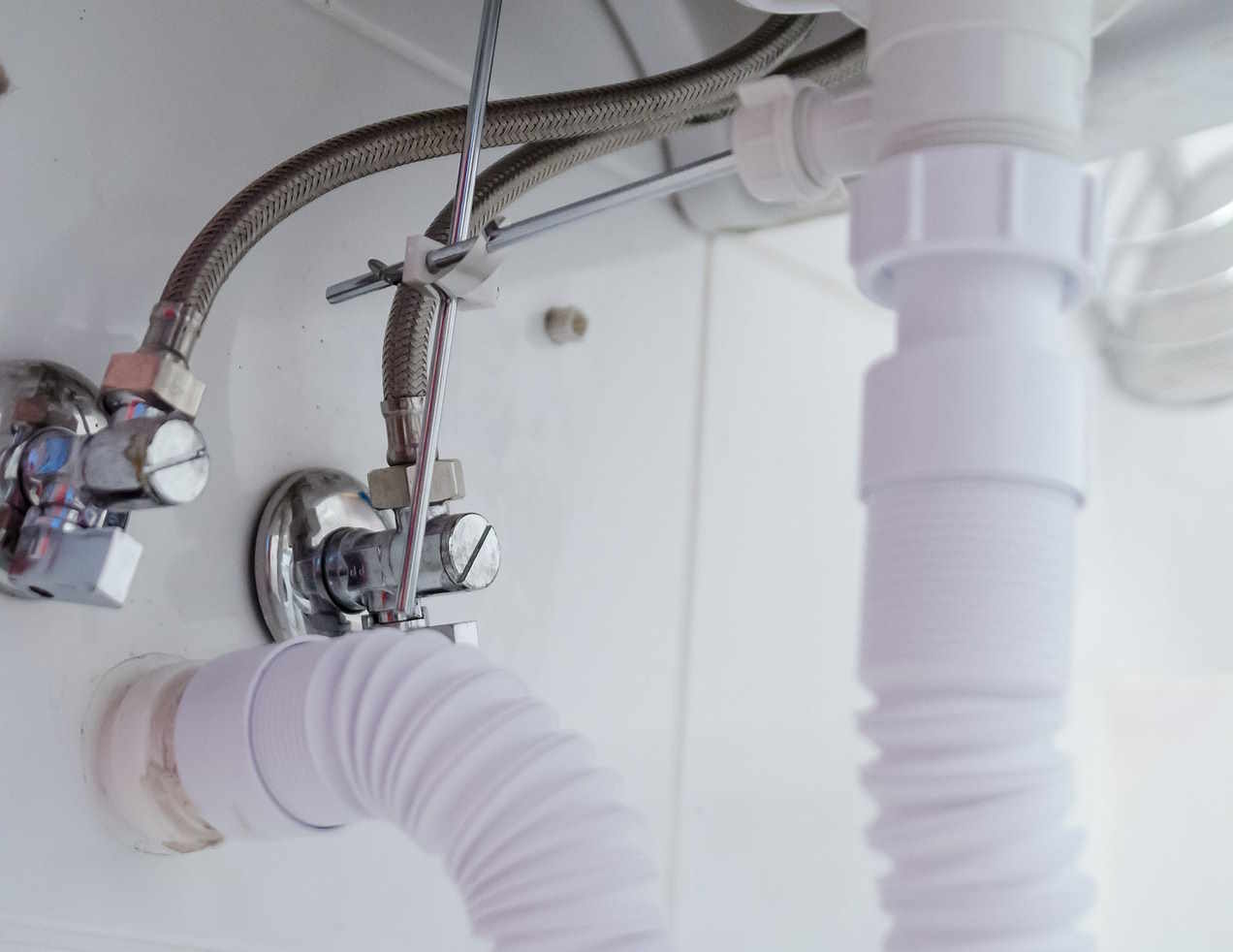How to Handle a Leak or Clogged Pipe: Key Steps to Take
Dealing with a leak or clogged pipe can be stressful, but knowing the key steps to take can save you time and money. This guide will walk you through expert tips and essential steps for homeowners to fix common pipe issues efficiently and effectively. Learn how to tackle the problem and avoid costly damage.

Key Steps for Handling a Leak or Clogged Pipe
The first crucial step when discovering a leak is to locate and shut off the water source immediately. For localized issues like a leaking faucet, turn off the fixture’s individual shut-off valve. For more serious leaks, locate your home’s main water shut-off valve, typically found near the water meter or where the main line enters your house. Once the water is stopped, assess the severity of the situation. Minor drips may be manageable with temporary fixes, while major leaks require immediate professional attention.
For clogged pipes, start with the gentlest methods first. Remove visible debris from drain openings and try using a plunger designed for the specific fixture. Avoid using chemical drain cleaners initially, as these can damage pipes and make professional repairs more difficult if the clog persists.
Expert Tips for Fixing Leaks and Clogged Pipes
Professional plumbers recommend keeping essential tools readily available for minor pipe issues. A good plunger, pipe wrench, plumber’s tape, and flashlight form the foundation of basic pipe maintenance equipment. For small leaks, temporary solutions include pipe clamps, rubber patches, or plumber’s putty, but these should only serve as stopgap measures until proper repairs can be completed.
When dealing with clogs, hot water flushes can help dissolve grease buildup, while a mixture of baking soda and vinegar provides a natural cleaning solution for minor blockages. However, avoid mixing different cleaning products, as chemical reactions can create dangerous fumes or damage your plumbing system.
How Homeowners Can Prevent Pipe Issues
Prevention remains the most effective strategy for avoiding costly pipe emergencies. Regular maintenance includes checking exposed pipes for signs of corrosion, monitoring water pressure, and ensuring proper insulation during cold weather. Install drain screens to catch hair and debris before they enter your plumbing system, and avoid flushing inappropriate items down toilets or washing non-biodegradable materials down sinks.
Schedule annual plumbing inspections to identify potential problems before they become emergencies. Professional plumbers can spot early warning signs that homeowners might miss, such as minor leaks behind walls or gradual pipe deterioration that could lead to major failures.
Dealing with Pipe Emergencies: What You Need to Know
True plumbing emergencies require immediate action and often professional intervention. Signs of serious problems include water backing up from multiple drains, sewage odors, water stains on walls or ceilings, and suddenly reduced water pressure throughout the house. In these situations, shut off the main water supply and contact a licensed plumber immediately.
Document the damage with photographs for insurance purposes, and remove valuable items from affected areas to prevent further loss. If water is actively flooding your home, prioritize safety by turning off electricity to affected areas if you can do so safely from the main electrical panel.
| Service Type | Provider Example | Average Cost Range |
|---|---|---|
| Basic Drain Cleaning | Roto-Rooter | $100-$300 |
| Pipe Leak Repair | Mr. Rooter | $150-$400 |
| Emergency Service Call | ServiceMaster | $200-$500 |
| Whole-House Inspection | Benjamin Franklin Plumbing | $100-$250 |
Prices, rates, or cost estimates mentioned in this article are based on the latest available information but may change over time. Independent research is advised before making financial decisions.
Understanding when to attempt repairs yourself versus calling professionals can save both money and frustration. Simple clogs in sinks or toilets often respond well to plunging or basic cleaning techniques. However, recurring problems, multiple affected fixtures, or any situation involving the main water line typically requires professional expertise.
Successful pipe management combines preparedness, quick response, and knowing your limitations. By maintaining basic tools, understanding your home’s plumbing layout, and establishing relationships with reliable local service providers before emergencies occur, you can handle most pipe issues with confidence. Remember that addressing problems promptly, even if it means calling for professional help, almost always costs less than allowing minor issues to develop into major damage requiring extensive repairs or replacements.




